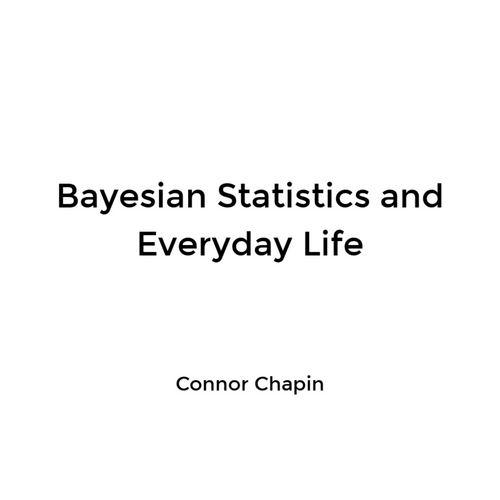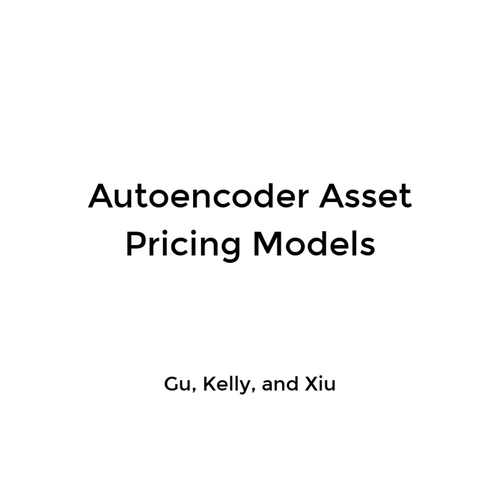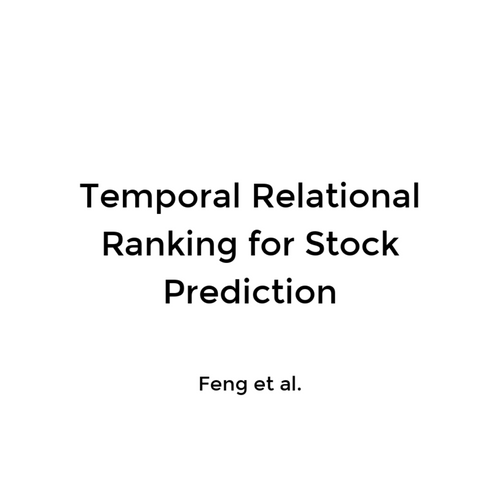Auction Theory
Connor Chapin
Motivation
- Auctions are common
- Auctions can model other transactions
- Auctions are simple
Objective
- Learn the basic assumptions of auctions
- Understand the four standard auctions
- Learn the "Revenue Equivalence Theorem"
- Other fun auction things
Basic Assumptions
- Bidders \(i = 1\dots n\)
- One object to be sold
- The values bidders have are independent and identically distributed random variables \(V_i\)
- The support of \(V_i\) is \([\underline v,\overline v]\)
- Bidders are risk neutral
Four Standard Auction Types
- Open ascending-bid auction (English/Japanese)
- Open descending-bid auction (Dutch)
- First-price sealed bid auction ("Real Estate")
- Second-price descending-bid auction (Vickrey)
Open Ascending-Bid Auction
(English/Japanese)
- Price initialized to \(\underline v\)
- All bidders are considered "in" to begin
- Price raised continuously
- Bidders drop out if price is too high
- Last bidder remaining wins
- Pays the price final drop out price
Thoughts on a bidder's best strategy?
Thoughts on a bidder's best strategy?
- Drop out at \(v_i\)
Thoughts on a bidder's best strategy?
- Drop out at \(v_i\)
- If you win for less, you are happy
- If you end up paying more, you are sad
- You are indifferent paying \(v_i\)
Thoughts on a bidder's best strategy?
Let's consider the next auction type...
Second-Price Sealed Auction
(Vickrey)
- Bidders submit sealed bids to auctioneer
- Highest bid wins
- Pays second-highest bid
Thoughts on a bidder's best strategy?
How does this strategy compare to the best strategy in a Japanese auction?
Thoughts on a bidder's best strategy?
They're the same!
- Bid \(v_i\)
- Winner pays the second-highest value
Thoughts on a bidder's best strategy?
First-Price Sealed-Bid Auction
"Real Estate"
- Bidders submit sealed bids to auctioneer
- Highest bid wins
- Pays highest bid
How does a bidder's strategy here compare their strategy in a Vickrey auction?
How does a bidder's strategy here compare their strategy in a Vickrey auction?
Not the same!
How does a bidder's strategy here compare their strategy in a Vickrey auction?
Not the same!
Bidding \(v_i\) results in zero profit
Thoughts on a bidder's best strategy?
- Difficult to pin down
- Depends on expectations of others
-
Tradeoff:
- \(\uparrow P(\text{win}) \implies \downarrow \text{profit}\)
Thoughts on a bidder's best strategy?
Let's consider the next auction type...
Thoughts on a bidder's best strategy?
Open Descending-Bid Auction
(Dutch)
- Price is initialized to \(\overline v\)
- Price lowered continuously
- First bidder to accept the price wins
- Pays that price
Thoughts on a bidder's best strategy?
Thoughts on a bidder's best strategy?
Again, difficult to pin down
How does a bidder's strategy here compare to that of the previous auction?
How does a bidder's strategy here compare to that of the previous auction?
- Same tradeoffs
How does a bidder's strategy here compare to that of the previous auction?
- Same tradeoffs
- The auctions are strategically equivalent
- Choosing any given bid yields the same payoffs in both games as a function of the other players' bids
There seem to be many parallels between auction types
There seem to be many parallels between auction types
Let's develop a more powerful tool for analyzing them
Revenue Equivalence Theorem
Recall our assumptions:
- Bidders \(i = 1\dots n\)
- One object to be sold
- The values bidders have are independent and identically distributed random variables \(V_i\)
- The support of \(V_i\) is \([\underline v,\overline v]\)
- Bidders are risk neutral
Revenue Equivalence Theorem
Consider a mechanism for allocating the unit among the \(n\) bidders that satisfies the following:
- The bidder with highest value wins in equilibrium
- A bidder with valuation \(\underline v\) makes zero profits
Revenue Equivalence Theorem
Consider a mechanism for allocating the unit among the \(n\) bidders that satisfies the following:
- The bidder with highest value wins in equilibrium
- A bidder with valuation \(\underline v\) makes zero profits
This mechanism will
- yield the same expected payment by each bidder
- and the same expected revenue for the auctioneer
Implications
- All the auctions we've covered satisfy the assumptions
- \(E[\text{revenue}] = E[v_{(n-1)}]\)
- More specifics on expected payment for a bidder:
- \(E[\text{payment}\mid v ]\) is constant across auction types
- Thus, \(E[\text{payment}]\) is constant across auction types
- Note: \(E[\text{payment}\mid v]\) \(\neq\) \(\text{bid}(v)\)
Solving for bidding strategy of the first price auctions
- Strategy: use the RET and the second-price auctions
Solving for bidding strategy of the first price auctions
- Let \(P(v)=P(v=v_{(n)})\) be the equilibrium probability of winning as a function of \(v\)
- Let \(b_A(v)\) be the equilibrium bid in an auction of type A as a function of \(v\)
- In a FPSB auction, the winner pays the price they bid
Solving for bidding strategy of the first price auctions
- Let \(P(v)=P(v=v_{(n)})\) be the equilibrium probability of winning as a function of \(v\)
- Let \(b_A(v)\) be the equilibrium bid in an auction of type A as a function of \(v\)
- In a FPSB auction, the winner pays the price they bid
- Thus, \(E[\text{payment} \mid v]_\text{FPSB} = P(v)\cdot b_\text{FPSB}(v)\)
Solving for bidding strategy of the first price auctions
Now, consider the ascending (second price) auction:
Solving for bidding strategy of the first price auctions
Now, consider the ascending (second price) auction:
Solving for bidding strategy of the first price auctions
Using the Revenue Equivalence Theorem:
Solving for bidding strategy of the first price auctions
- Let's solve for \(E[v_{(n-1)} \mid v=v_{(n)}]\)
Solving for bidding strategy of the first price auctions
- Let's solve for \(E[v_{(n-1)} \mid v=v_{(n)}]\)
- The density of the highest of \(n-1\) values is:
Solving for bidding strategy of the first price auctions
- Let's solve for \(E[v_{(n-1)} \mid v=v_{(n)}]\)
- The density of the highest of \(n-1\) values is:
After integrating the density function times \(v\), we can come to our final answer
Solving for bidding strategy of the first price auctions
After integrating the density function times \(v\), we can come to our final answer:
Solving for bidding strategy of the first price auctions
If the valuations are distributed standard uniform
Solving for bidding strategy of the first price auctions
Let's consider the \(n=2\) case
- \(E[\text{revenue}]= \frac 13\) by symmetry
Solving for bidding strategy of the first price auctions
Let's consider the \(n=2\) case
- \(E[\text{revenue}]= \frac 13\) by symmetry
- \(b_\text{FPSB}(v) = \frac{2-1}{2} v = \frac v2\)
- \(P(v) = v\)
Solving for bidding strategy of the first price auctions
- \(E[\text{revenue}]= \frac 13\) by symmetry
- \(b_\text{FPSB}(v) =\frac v2\)
- \(P(v) = v\)
- \(E[\text{payment}]_i = \int_{0}^1 v\cdot\frac v2 dx = \frac 16 \)
Solving for bidding strategy of the first price auctions
- \(E[\text{revenue}]= \frac 13\) by symmetry
- \(b_\text{FPSB}(v) = \frac v2\)
- \(P(v) = v\)
- \(E[\text{payment}]_i = \int_{0}^1 v\cdot\frac v2 dx = \frac 16 \)
- \(E[\text{revenue}]=E[\text{payment}]_1 +E[\text{payment}]_2 = \frac 13\)
There's many more fun types of auctions
If we have time, we can talk about and play some
The end!
Works Cited
- Klemperer, Paul. "Auction theory: A guide to the literature." Journal of economic surveys 13, no. 3 (1999): 227-286.
- Levin, Jonathan. "Auction theory." Manuscript available at www. stanford. edu/jdlevin/Econ 20286 (2004).
Auction Theory
By Connor Chapin
Auction Theory
Presentation on basic auction theory
- 925



